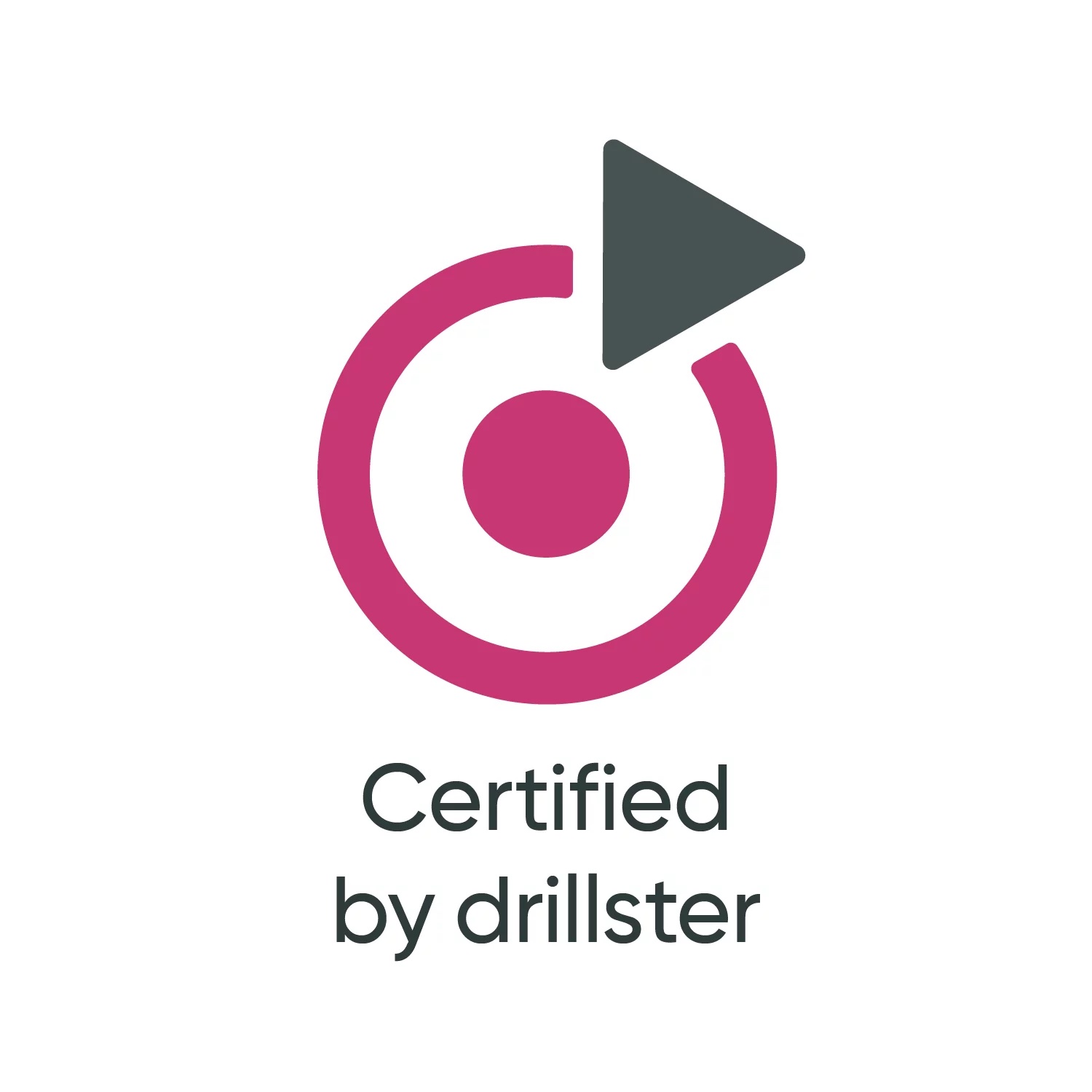Blog / News | 31-10-25
The 10 drill design principles
Are you convinced that the Drillster method will help your organization or learning program take the next step? We will help you design perfect drills to ensure the best possible learning performance from students or employees!
10 drill design principles
Making good instructional drill questions is certainly not rocket science. With our 10 drill design principles, we will help you get started designing perfect drills. These tips and tricks will have you making the best possible questions, based on educational design principles, and achieving an effective learning process and solidly anchored knowledge. Click the tiles below for further details and examples for each design principle.
Cut learning material up into short drills
Cut your learning material up into 10-minute drills. Microlearning is more effective and engaging, making it easier for users to learn at regular intervals.
Learn more →Limit drills to crucial need-to-know information
Focus on information that people need to remember. Use drills to anchor crucial knowledge.
Learn more →Engage the learner by using a story
Adding a story allows you to contextualize the sets of questions and give people relevant information before they start answering.
Learn more →Process one learning element per question
Short and relevant questions are the most effective for adaptive learning and smart repetition.
Learn more →Incorporate the information to remember into the answer
Drills are assessment-based: learning by answering questions and remembering feedback, thus actively processing information.
Learn more →Use immediate feedback: explain which answer is correct and why
Use the feedback option to explain answers. This is an indispensable part of assessment-based learning because showing it immediately makes the learner more likely to retain the right information.
Learn more →Alternate question styles and answer styles
Variation in both the question and answer styles makes learning more challenging and engaging. Therefore, you will strengthen the learning effect.
Learn more →Use question variants to optimize the learning effect
By asking a question about the same learning element in different ways, knowledge is processed actively and retained better.
Learn more →Keep drills challenging
It’s important to make and keep drills exciting. You can do this with learning challenges, up-to-date information and tone of voice.
Learn more →Communicate and motivate
Optimize students’ or employees’ commitment by keeping them motivated. Communicate why your drills are so important and why users are receiving this information and need to remember it.
Learn more →You are now ready to design your own drills! With these ten tips in mind, you can create the best drills in no time! Want to become a next-level instructional drill designer? Then check out how to achieve the ‘Certified by Drillster’ quality mark!

